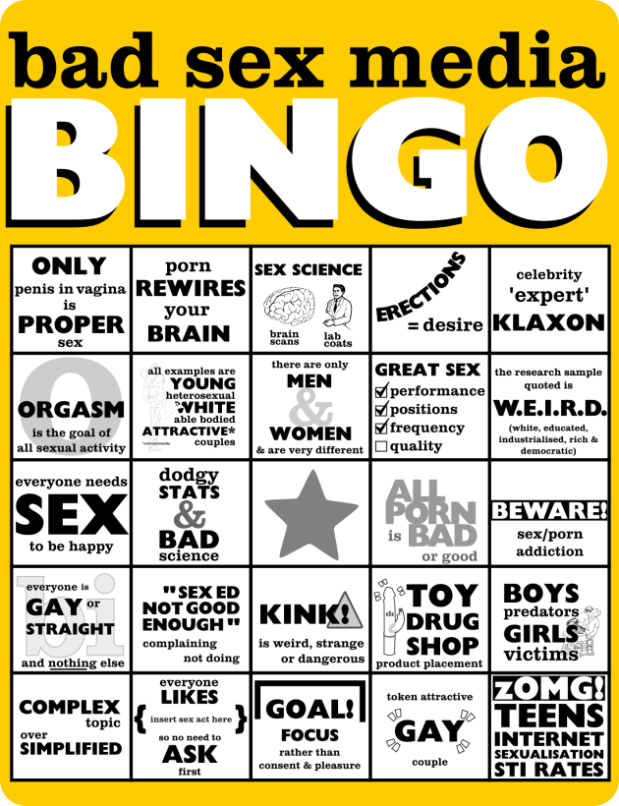 The recent news that a number of academy schools in the UK had banned the “promotion of homosexuality” in language redolent of the infamous Section 28 policy of the 1980s comes as no surprise to lesbian, gay and bisexual parents of school age children. A new report, Gay in Britain, published by Stonewall, the LGB rights charity, reveals that many LGB people expect to be discriminated against in many areas of public life, but particularly and worryingly in education1. Despite the fact that schools have a clear duty to tackle homophobic bullying, according to Stonewall three out of five (61%) LGB parents expect their child would experience bullying in primary school if it were known that their parents are gay. More than four out of five (83%) expect the same for a child in secondary school. Given that the Government estimates there are now 19,000 UK children in same-sex parent families, ensuring that homophobic bullying is stopped and parents reassured is becoming another priority in the management of schools.
The recent news that a number of academy schools in the UK had banned the “promotion of homosexuality” in language redolent of the infamous Section 28 policy of the 1980s comes as no surprise to lesbian, gay and bisexual parents of school age children. A new report, Gay in Britain, published by Stonewall, the LGB rights charity, reveals that many LGB people expect to be discriminated against in many areas of public life, but particularly and worryingly in education1. Despite the fact that schools have a clear duty to tackle homophobic bullying, according to Stonewall three out of five (61%) LGB parents expect their child would experience bullying in primary school if it were known that their parents are gay. More than four out of five (83%) expect the same for a child in secondary school. Given that the Government estimates there are now 19,000 UK children in same-sex parent families, ensuring that homophobic bullying is stopped and parents reassured is becoming another priority in the management of schools.
However, it seems that academy schools could be encouraging anti-gay discrimination and potentially bullying through their own sex education policies. Earlier this month it was reported that Colston’s Girls’ School, a secondary academy in Bristol, Swindon Academy and Castle View Enterprise Academy in Sunderland had reintroduced anti-gay language banning the “promotion of homosexuality” into their sex and relationships education (SRE) policy. The schools’ policies stated that while “objective discussion of homosexuality” might take place in the classroom, the governing bodies would not permit “the promotion of homosexuality”. The terminology brings back unpleasant memories of Section 28, an amendment to the 1988 Local Government Act introduced under Margaret Thatcher. Section 28 stated that local authorities “shall not intentionally promote homosexuality or publish material with the intention of promoting homosexuality” or “promote the teaching of the acceptability of homosexuality as a pretended family relationship”. The amendment was repealed in 2000 in Scotland as one of the first pieces of legislation enacted by the new Scottish Parliament. The rest of the UK took longer and repealed it in 2003.
Yet even before Section 28 made a comeback in the news, the perceptions collected by Stonewall indicate that gay parents are very uncertain about the attitudes of academy schools to homosexuality. There are no national curriculum guidelines on sex education in the UK and policies and details of lessons are left to individual schools to draw up. Schools are still required to comply with the Equality Act which forbids any discrimination, but confidence among gay parents that schools outside of local authority control would stick to the rules is low. Whereas one in twenty (5%) expected some discrimination in maintained schools run by local government, when asked about the treatment they would receive if they enrolled their child in a school outside of local authority control one in eight (13%) lesbian, gay and bisexual people said they expect they will be treated worse than heterosexuals when enrolling their child in primary or secondary free schools and academies. Not unexpectedly, a significantly higher number of gay people, three in five (61%) expected poorer treatment if they enrol their child in a faith primary or secondary school. The reports of discriminatory wording from Bristol, Swindon and Sunderland will have done nothing to improve these figures.
Since the reports of Section 28 style statements in academy sex education policy surfaced, Ministers, opposition MPs and gay rights activists have united to express anger and alarm. Campaigners with the British Humanist Association have now identified more than 40 schools across the country that stress in their sex education guidelines that governors will not allow teachers to “promote” homosexuality, or are ambiguous on the issue.
According to The Independent newspaper, the schools named in the Section 28 row have since taken action in response to criticism2. Following intervention from the Liberal Democrat MP for Bristol West, Stephen Williams, Colston’s Girls’ School in Bristol stated that the policy was a draft that was withdrawn in late June and is now under review. Castle View Enterprise Academy in Sunderland executed a similar U-turn and Swindon Academy is now discussing with Stonewall how it can do better. However, The Independent also reported that academies in Manchester, Stockport, Coventry, Solihull and London appear to be sticking to their wording.
The effect of allowing such policies to remain in place is that it makes homophobic bullying more likely. Following his intervention with Colston’s Girls’ School, Stephen Williams MP was reported as saying: “We need to get a grip on this to ensure schools aren’t breaching the guidelines that are in place to combat homophobic bullying.” However, given the complex structure of contemporary UK education with its mixture of local authority schools, free schools, academies and faith schools, all with different aims and agendas, achieving consistency on any aspect of sex education policy is a challenge. Moreover, if the Coalition Government persists in releasing more schools from local authority control, a trend begun under Labour, it is likely that the task of ensuring guidelines are met is going to get harder.
The Department for Education will need to keep up the pressure on boards of governors, and that is going to be harder if those very people are unrepresentative of different sexual orientations. Unfortunately, as the Stonewall report makes clear, a significant majority of gay people still fear discrimination if they wanted to become more involved with their child’s school on a formal level. Seven in ten (70%) expect to face barriers because of their sexual orientation if they applied to become a school governor, increasing to almost eight in ten (78%) black and minority ethnic gay people.
At least this time round academies’ sex education policies have been put under scrutiny for potential discrimination and it must be hoped that the bad publicity makes them more conscious of their responsibilities in the future. However, if gay parents still feel excluded from school government and the numbers of schools released from local authority control and supervision continues to grow, the danger of sex education shifting in a homophobic direction is increased. Academies need to do better. If they do not, future governments may find themselves under pressure to stop coaxing schools to meet guidelines and use the Equality Act to prosecute schools that break the rules.
1. www.stonewall.org.uk/gayinbritain: On behalf of Stonewall, YouGov surveyed 2,092 lesbian, gay and bisexual adults from across England, Scotland and Wales in October 2012.The figures have been weighted and are representative of adults across Britain.
2. www.independent.co.uk/news/uk/politics/the-return-of-section-28-schools-and-academies-practising-homophobic-policy-that-was-outlawed-under-tony-blair-8775249.html




 God loves a sinner that repents more than ninety-nine righteous men. But when it comes to preaching on TV about the effects of porn, even the Almighty might wince at the hypocrisy demonstrated on Channel 4 this week by Martin Daubney, former editor of UK lads mag Loaded. Daubney fronted C4’s shockumentary “
God loves a sinner that repents more than ninety-nine righteous men. But when it comes to preaching on TV about the effects of porn, even the Almighty might wince at the hypocrisy demonstrated on Channel 4 this week by Martin Daubney, former editor of UK lads mag Loaded. Daubney fronted C4’s shockumentary “





